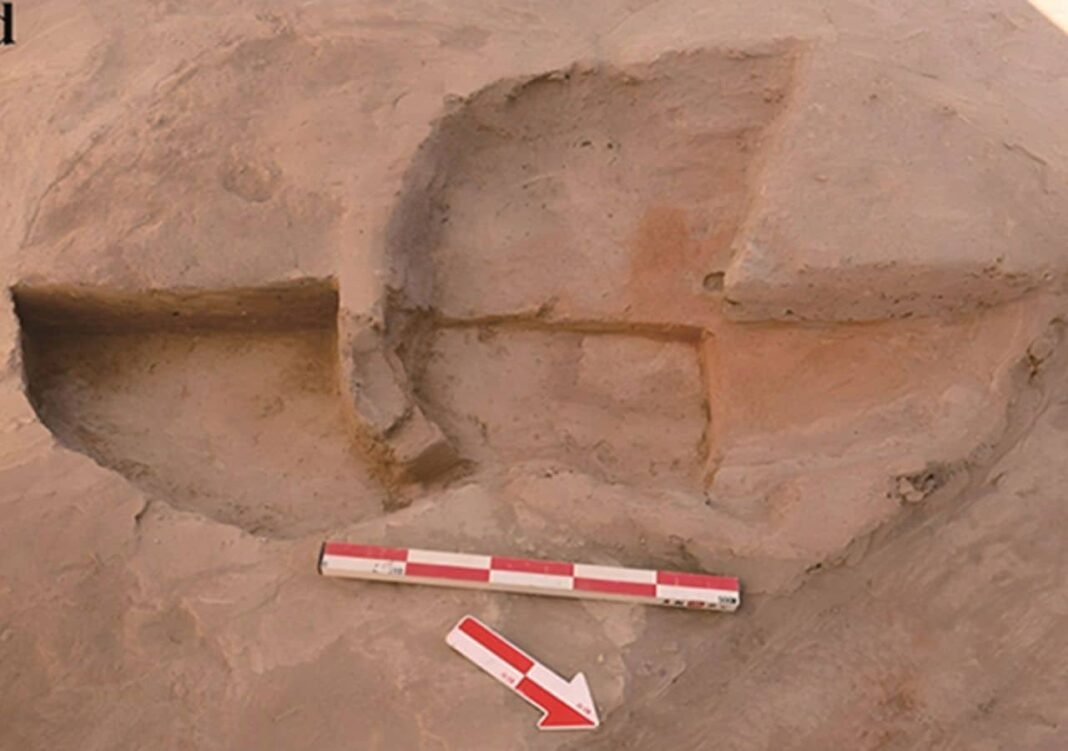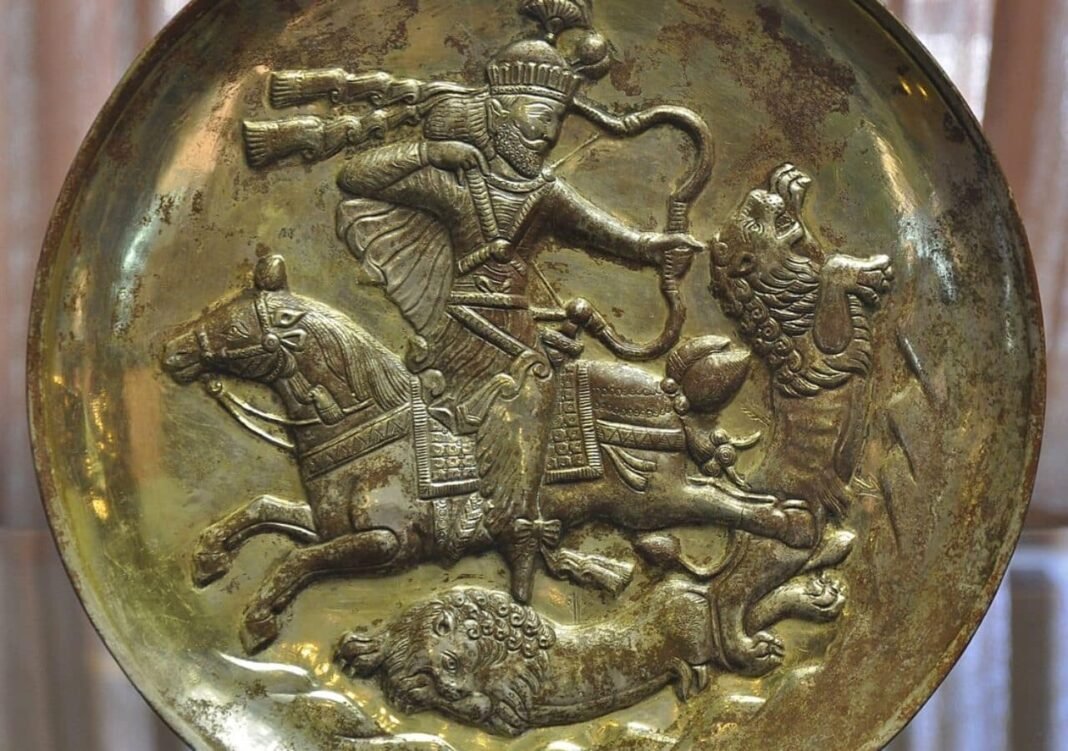
Archaeologists have uncovered a rare Bronze Age settlement in the far west of China, offering the earliest known evidence of oasis-based life in the Tarim Basin.
The excavation at Aketala reveals how ancient communities survived in one of the most arid regions of Central Asia. Researchers say the findings trace human activity at the site as far back as 2200 BC and confirm a strong presence of the Andronovo culture by 1800 BC.
The discovery shows that early settlers developed a mixed economy of farming and herding in the harsh environment of what is now northwestern China.
It is the first systematic excavation of its kind in the region, confirming that the people who lived in this Bronze Age oasis in China were not only farmers and herders but also early metalworkers.
Crossroads of cultures in ancient central Asia
Kai Cao, lead author of the study from Nanjing University’s School of History, explained that Aketala held a strategic position linking the Tarim Basin with Central Asia’s Pamir Plateau and Fergana Valley. The location made it an important passage for cultural exchange across Eurasia.
The excavations, conducted between 2021 and 2024, uncovered 51 individual sites scattered across the desert landscape near the eastern edge of the Pamir Mountains. Most sites are small, measuring under 300 square meters (3,229 sq. ft.).

The largest, Kangxuan-S, covers less than 1,000 square meters (10,764 sq. ft.). Researchers believe the sites were used seasonally, most likely in summer, and centered around family-based communities.
Daily life in a Bronze Age oasis in China
Key artefacts include flat-bottomed jars typical of the Andronovo culture, along with stone tools like sickles, knives and grinding discs. The remains of wheat, barley and millet confirm agricultural activity. Animal bones, mainly from sheep, goats and cattle, show that livestock played a major role in daily life.
Evidence of bronze production is especially significant. Teams uncovered smelting furnaces, copper slag, ceramic pipes used for airflow, and tools likely used for mining and metalwork. These finds mark the earliest local signs of bronze technology in the region.
Archaeologists divided the occupation into three phases. The middle period, between 1800 and 1400 BC, shows the strongest Andronovo cultural influence.
Pottery from the final phase, dated to 1400 to 500 BC, features new decorative styles and may reflect a growing population. One site alone contained pottery fragments spread across more than 10,000 square meters (107,640 sq. ft.).
Aketala now stands as the westernmost Bronze Age settlement confirmed in China. Ongoing work will focus on nearby tombs to better understand the community’s burial customs and physical traits.
Researchers say these studies could shed new light on ancient migration, early trade and the rise of organized settlements in the desert regions of Central Asia.


